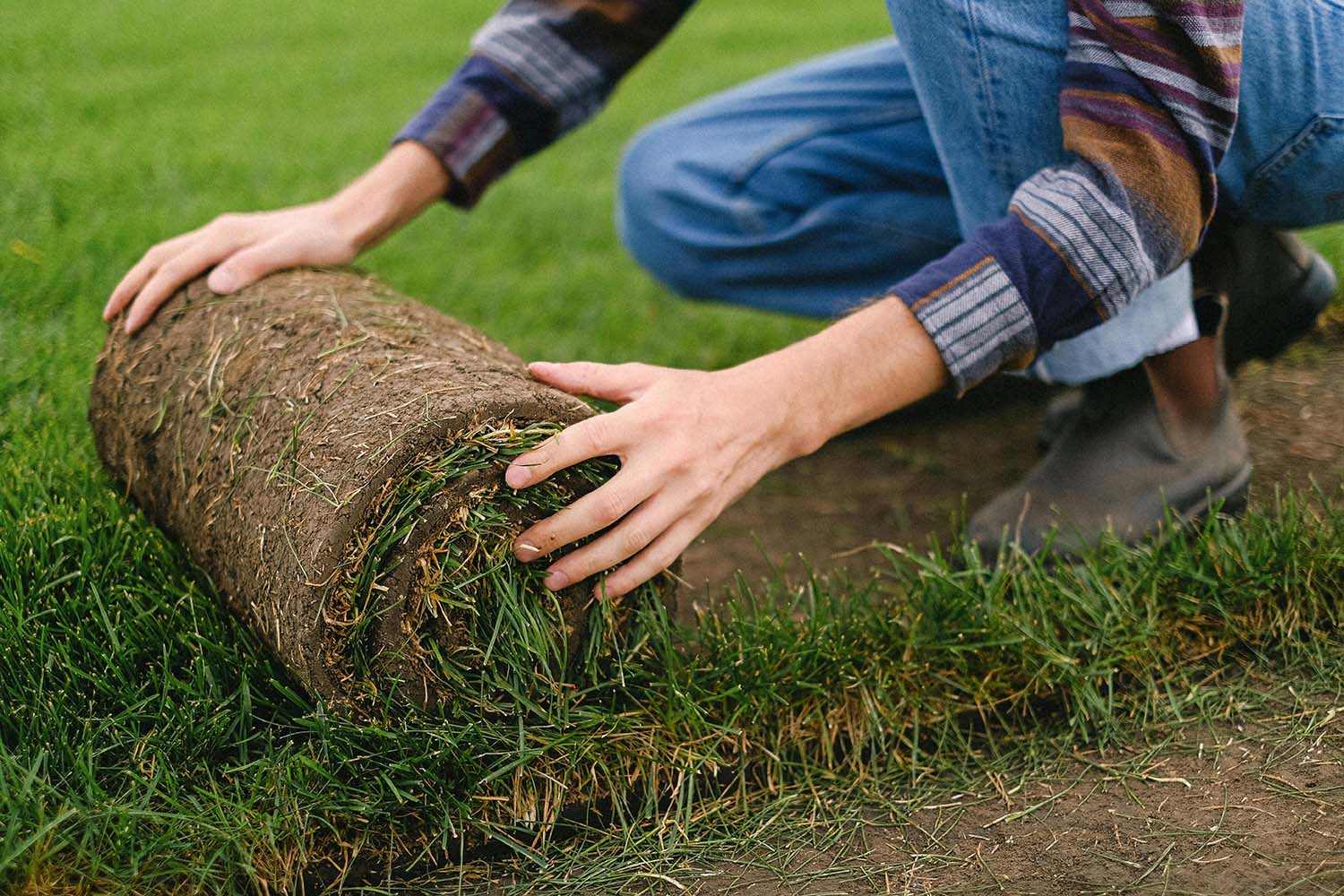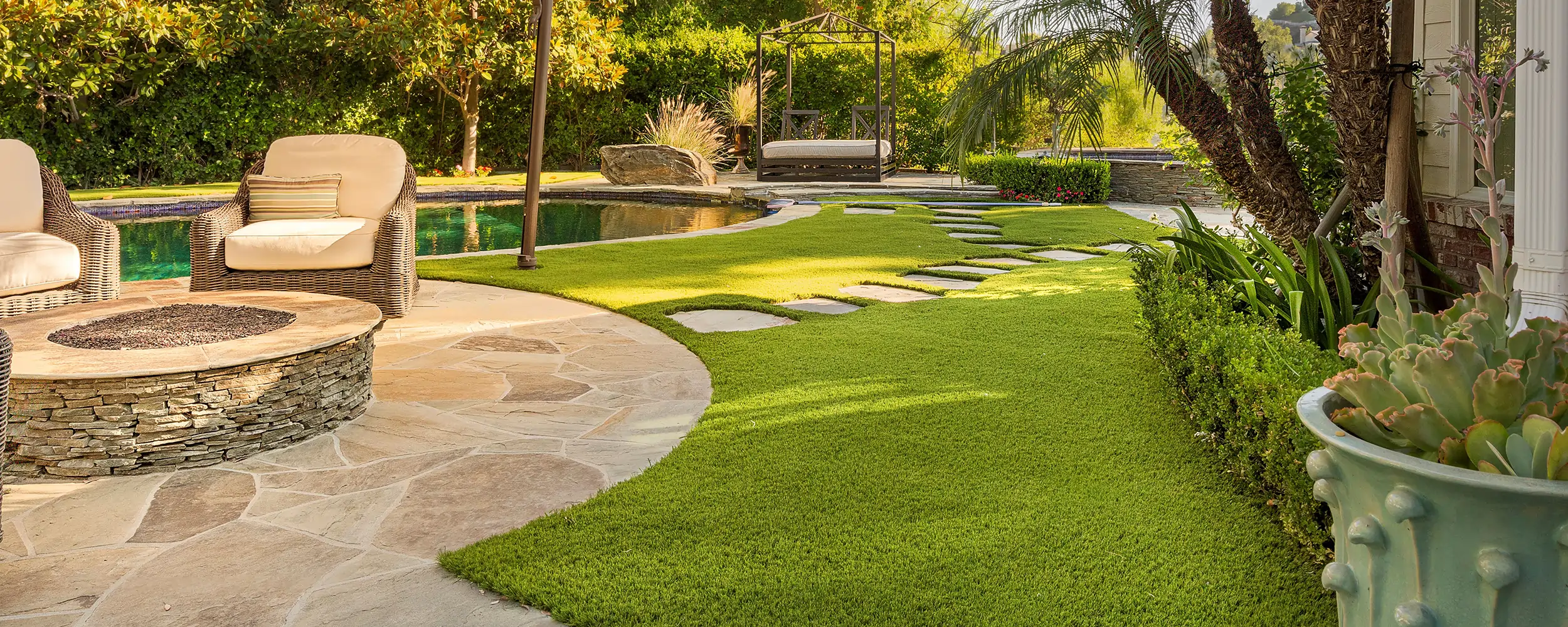Find the Most Trusted Artificial Turf Companies Phoenix for Your House or Business
Find the Most Trusted Artificial Turf Companies Phoenix for Your House or Business
Blog Article
Delve Into the Environmental Benefits of Opting for Synthetic Grass Solutions
The adoption of man-made turf options presents a compelling possibility to address pressing ecological obstacles. By considerably lowering water usage and lessening the application of hazardous chemicals, these choices not just promote lasting landscape design but likewise secure neighborhood environments.
Water Preservation Benefits
One of the most considerable benefits of artificial turf is its capability to preserve water. Typical grass lawns need significant watering, specifically in locations prone to drought or water restrictions. In contrast, synthetic grass does not require watering, substantially decreasing the general demand for water resources. This feature is particularly advantageous in arid areas where water deficiency is a pushing worry.
By eliminating the need for normal watering, man-made grass adds to lasting landscape techniques and aids alleviate the ecological influence of too much water consumption. In addition, the preservation of water encompasses the reduction of overflow, which can bring about soil erosion and river air pollution.
In addition, the installation of synthetic grass allows communities and property owners to allot water resources much more effectively, concentrating on important uses such as alcohol consumption water and farming. The change in the direction of synthetic grass not only promotes responsible water usage but also aligns with broader environmental goals focused on protecting natural resources.
As communities increasingly prioritize sustainability, the water conservation advantages of fabricated lawn offer an engaging instance for its adoption in domestic and commercial landscaping jobs.
Decreased Chemical Usage
The transition to synthetic grass dramatically lowers the reliance on chemical therapies frequently utilized in natural turf maintenance. Typical lawn monitoring generally involves the application of chemicals, plant foods, and herbicides to advertise development and control insects. These chemicals can present dangers to human wellness, local wildlife, and the atmosphere, adding to dirt and water contamination.
In contrast, man-made lawn eliminates the requirement for these unsafe substances. By reducing the launch of artificial substances into the community, man-made lawn promotes healthier soil and water systems.
Additionally, the lack of chemical runoff connected with synthetic grass setups aids safeguard regional waterways from air pollution, sustaining marine life and keeping biodiversity. Turf installation phoenix az. As neighborhoods progressively focus on sustainable practices, going with synthetic grass presents a viable solution that straightens with ecological preservation goals. Through this shift, homeowner can take pleasure in rich eco-friendly areas without compromising ecological wellness, leading the way for a much more lasting future
Lower Carbon Footprint

In addition, the installation of synthetic grass can cause substantial water preservation. All-natural yards call for significant quantities of water for irrigation, which not only includes to the carbon footprint related to water extraction and therapy but additionally pressures regional water sources. On the other hand, fabricated grass requires minimal upkeep, needing no watering, thereby significantly minimizing water use and its associated power prices.
In addition, the longevity of man-made turf contributes to its decreased carbon influence. With a life-span of as much as 15 years or even more, the demand for regular substitutes is reduced, causing much less waste and reduced energy usage in manufacturing and dealing with traditional turf options. In general, synthetic grass offers a lasting alternative for eco mindful landscape design.
Environment Preservation
Habitat preservation is a critical consideration in the debate over landscape design selections, especially when comparing synthetic turf to all-natural yard. All-natural turf lawns typically need substantial maintenance, including using chemicals, herbicides, and plant foods, which can detrimentally affect local ecosystems. These chemicals can seep right into the soil and rivers, hurting indigenous flora and fauna and disrupting regional environments.
In contrast, synthetic grass provides an opportunity to minimize the see here ecological impact of landscape design. By opting for artificial turf, home owners can lessen the disruption of all-natural environments connected with typical lawn treatment practices. Synthetic grass gets rid of the need for hazardous chemicals, consequently protecting close-by wild animals and preserving the honesty of surrounding environments. Moreover, the setup of synthetic grass can lead to the conversion of previous grass areas right into more biodiverse landscapes, such as pollinator yards or native plant areas, which can sustain local wild animals.
Ultimately, the transition to synthetic grass not just preserves water and lowers upkeep initiatives however likewise promotes a more unified partnership in between human tasks and the natural surroundings, promoting environment conservation at the same time.
Long-Term Sustainability
Lasting sustainability is an important consider examining the advantages of synthetic turf over conventional yard lawns. One of the most significant benefits of man-made grass is its longevity; it can last as much as 15-20 years with minimal upkeep, whereas natural grass calls for regular reseeding and replacement. This longevity lowers the requirement for constant sources, such as water, fertilizers, and chemicals, which are necessary for preserving a healthy yard lawn.
In addition, synthetic lawn adds to a decrease in carbon discharges related to lawn treatment equipment. Typical yards often need gas-powered mowers, trimmers, and blowers, all of which add to air pollution. Arizona turf. In contrast, fabricated turf gets rid of the demand for such equipment, advertising a cleaner setting
Furthermore, the manufacturing of fabricated turf significantly utilizes recycled materials, improving its sustainability account. As suppliers adopt check here green practices, the environmental footprint of synthetic grass remains to decrease.

Verdict
The fostering of synthetic grass options offers significant ecological benefits, consisting of substantial water conservation, minimized dependence on hazardous chemicals, and a lower carbon footprint. Furthermore, synthetic grass help in maintaining natural environments by minimizing land disruption and advertising long-lasting sustainability with the use of resilient materials. Collectively, these factors emphasize the possibility of man-made grass to contribute favorably to ecological wellness and supply a feasible option to standard landscape design methods in a progressively resource-conscious world.
In comparison, man-made turf does not need watering, significantly reducing the total demand for water resources. By decreasing the release of synthetic substances into the ecosystem, artificial lawn advertises healthier soil and water systems.
Furthermore, the installment of fabricated lawn can result in significant water preservation. In contrast, artificial turf needs minimal upkeep, needing no watering, thus substantially lowering water use and its associated power prices.

Report this page